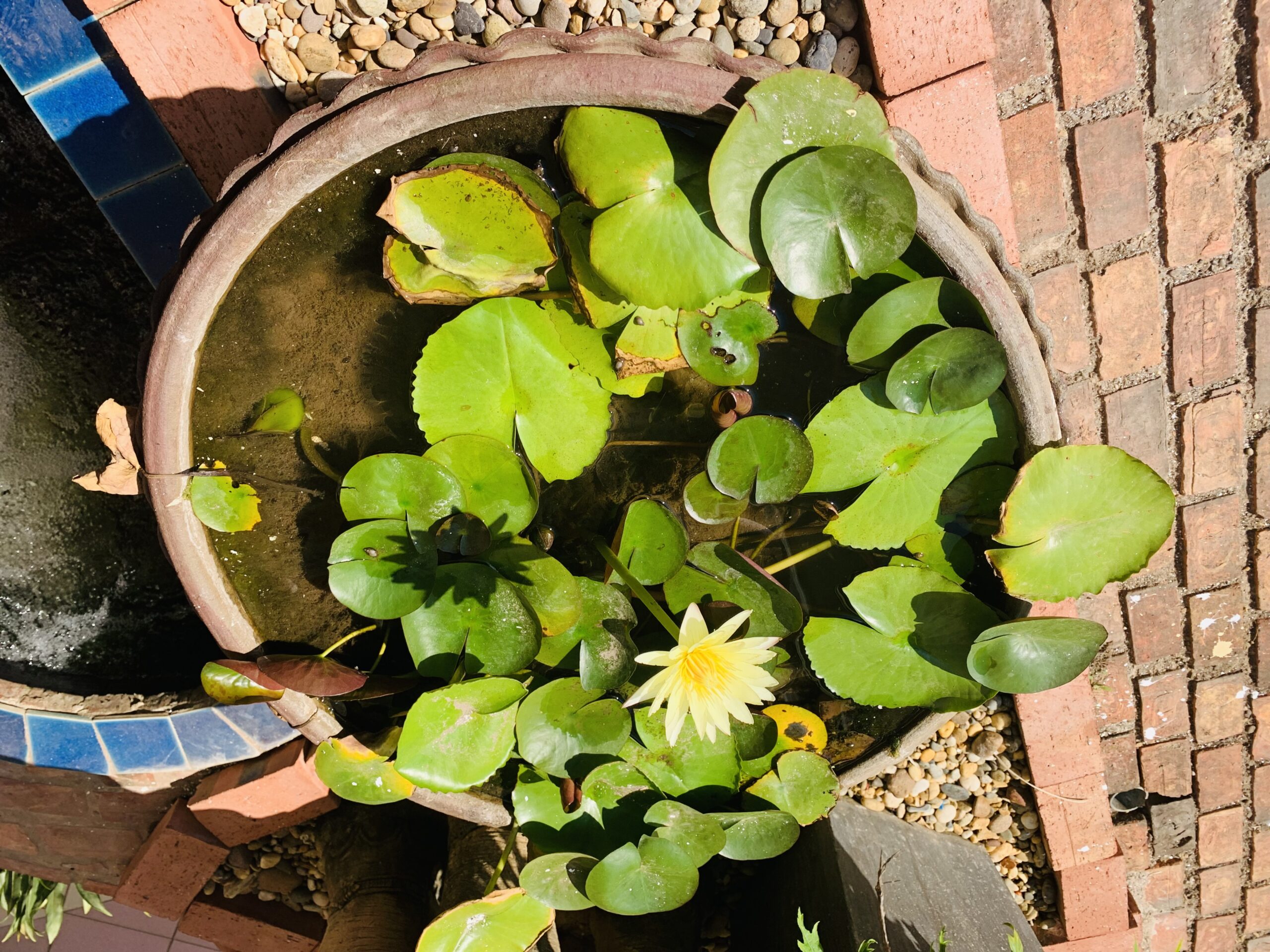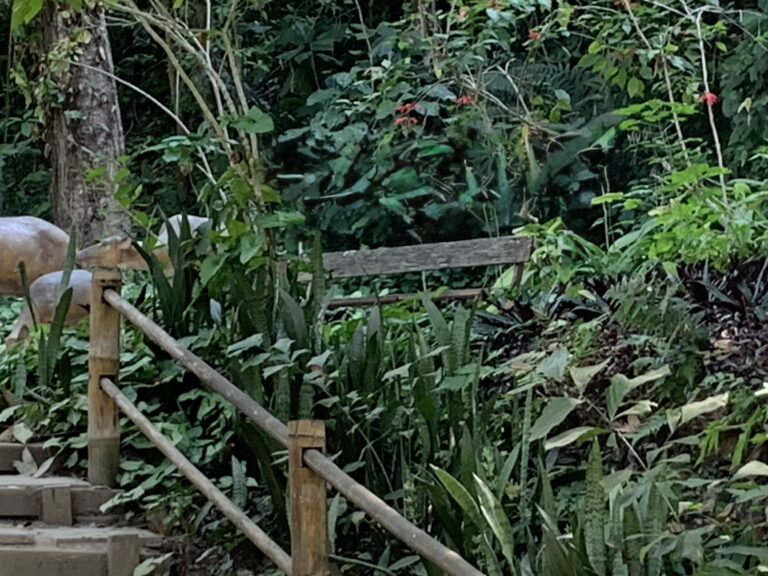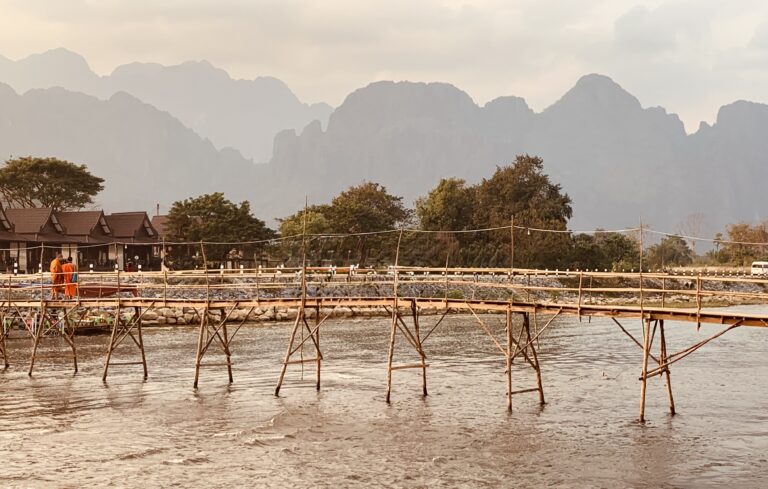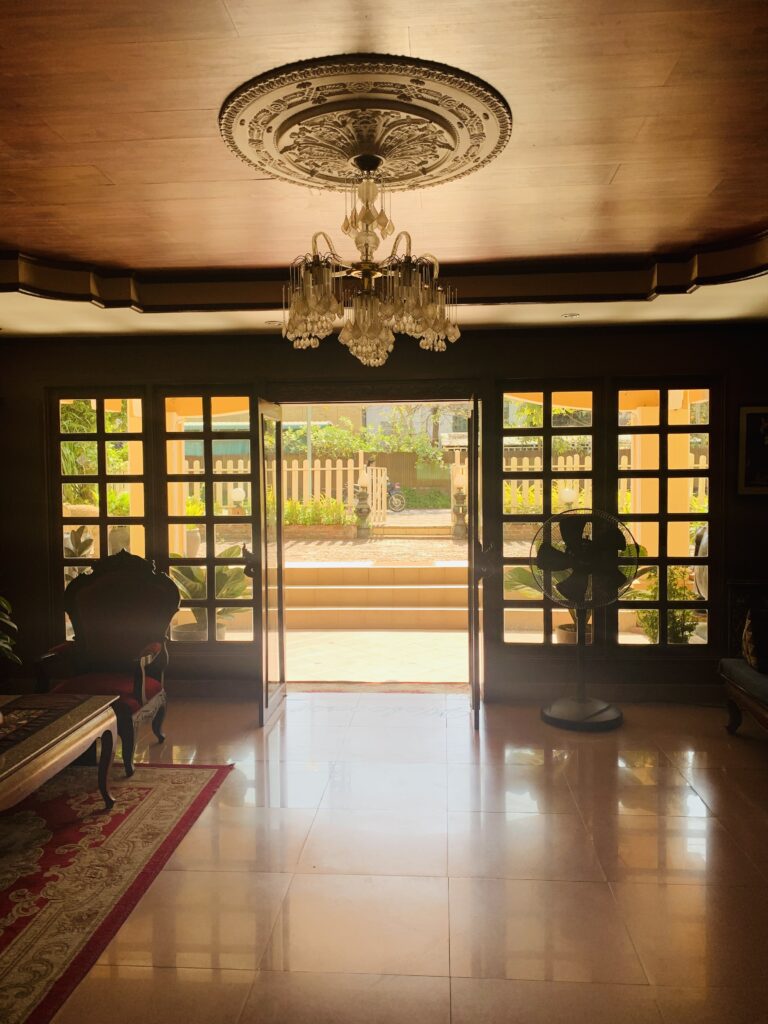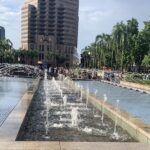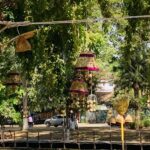Once known as the kingdom of Lan Xang, or in English, “the land of a million elephants”, Laos is, like its elephants, beguiling, charming, fascinating and enchanting.
This is the first of five stories about Laos, a stirringly beautiful country that captured my heart. This quick overview describes the country’s intriguing history and how it reached its current “state of being” in the mid-21st Century.
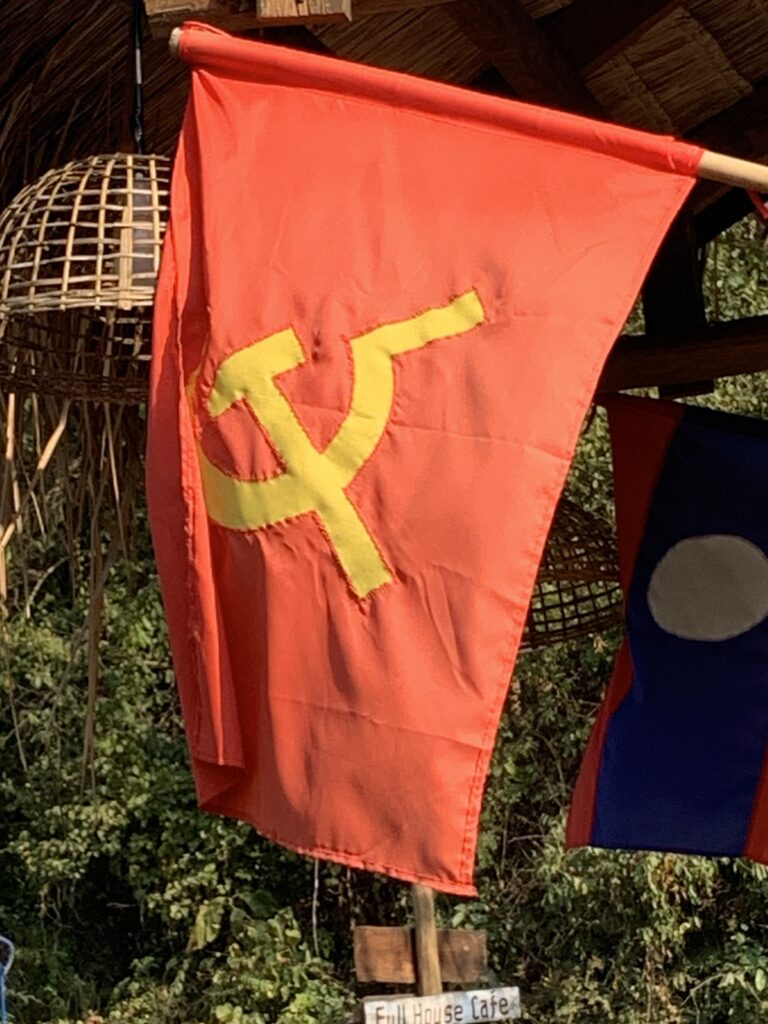
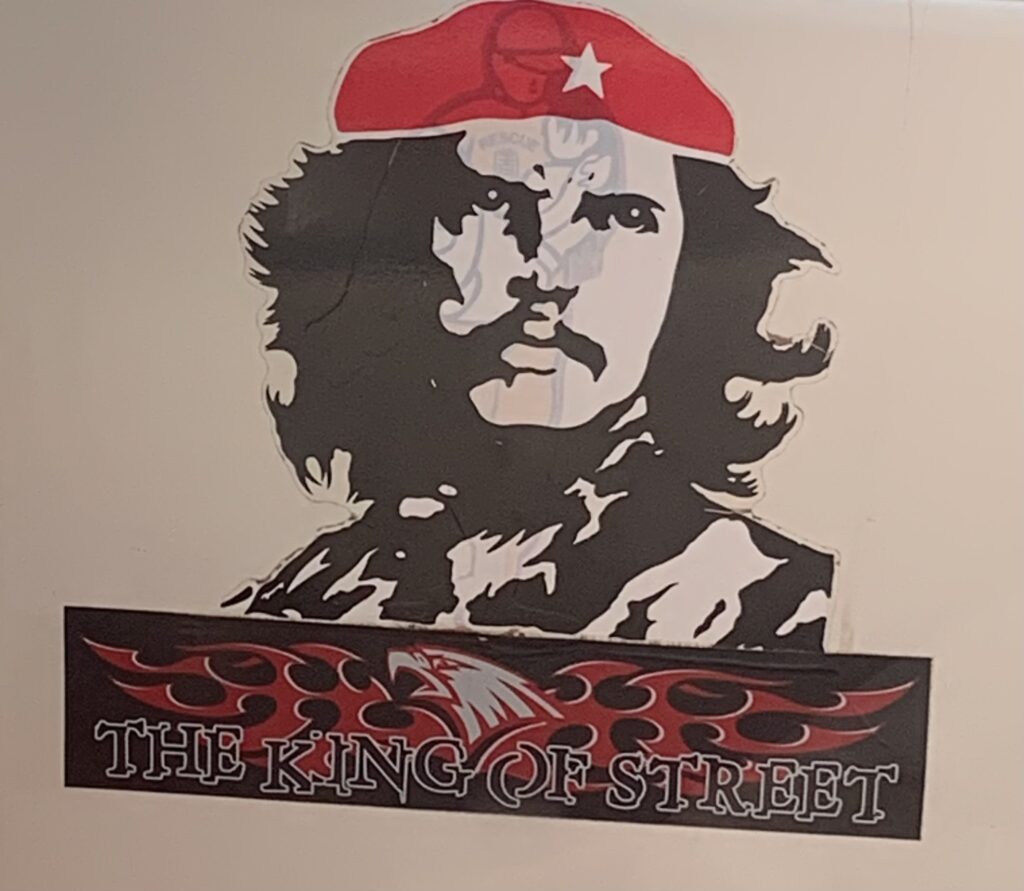
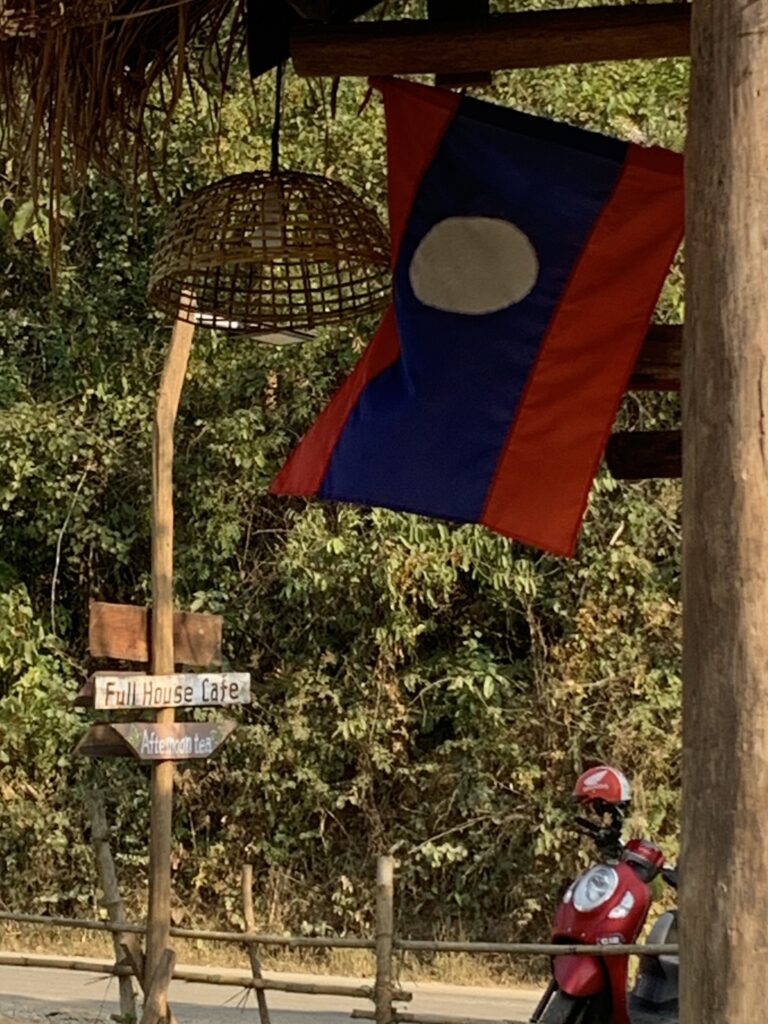
But First, How to Get There
There are 31 land crossings into Laos from its five bordering countries. We entered from northern Thailand, which has an infamous history because in 1778, Siam (now Thailand) invaded Laos.
Our Thai driver dropped us at the border in the middle of a main arterial road, surrounded by our luggage. We had no idea what to do next. But thankfully, before long, a friendly English-speaking Thai approached us and, for US$10, offered to organise our entry.
We glanced at the disparate crowds gathering at the border booths. Considering we were stranded on a hot, dusty, merciless day and lacked local language, we took him up on his offer and paid the money. He disappeared. Now what? We looked at each other, perplexed.
But not to worry, the trusty interpreter cum border guide reappeared with a fistful of forms in his hand, offering a large smile. He told us exactly what we needed to complete and where to sign, then asked for a further US$100. Whaatt! He firmly stated that we could not get into Laos without paying the immigration guards. Who, to put it mildly, looked very stern and intimidating, dressed in their full military greens proudly appliqued with the national communist flag. Yikes! OK, we passed the money over, and my travelling mate undoubtedly thought the same as I did. We’re being scammed here.
Anyway, what else could we do? So with completed paperwork and cash in hand, our “helper” hurried us into the now-growing queues and escorted us to the border guard, who waved us over to his kiosk window. Following the instructions of our Thai helper, we handed over the US dollars, our passports were duly stamped, and the impatient officer waved us through without exchanging a word.
Behind us, many still-queuing people in the hot, dusty sun looked confused and impatient. The moral of the story was that it is worth paying someone US$10 to help you navigate and speed up the process. It was also worth the extra US$100 to be fast-tracked out of the heat and sun and into a new country..
Now inside Laos, and with renewed enthusiasm, we found a driver willing to take us to Vientiane, where we stayed for five nights. We had no idea what to expect, but after our border experience, nothing would have surprised us.
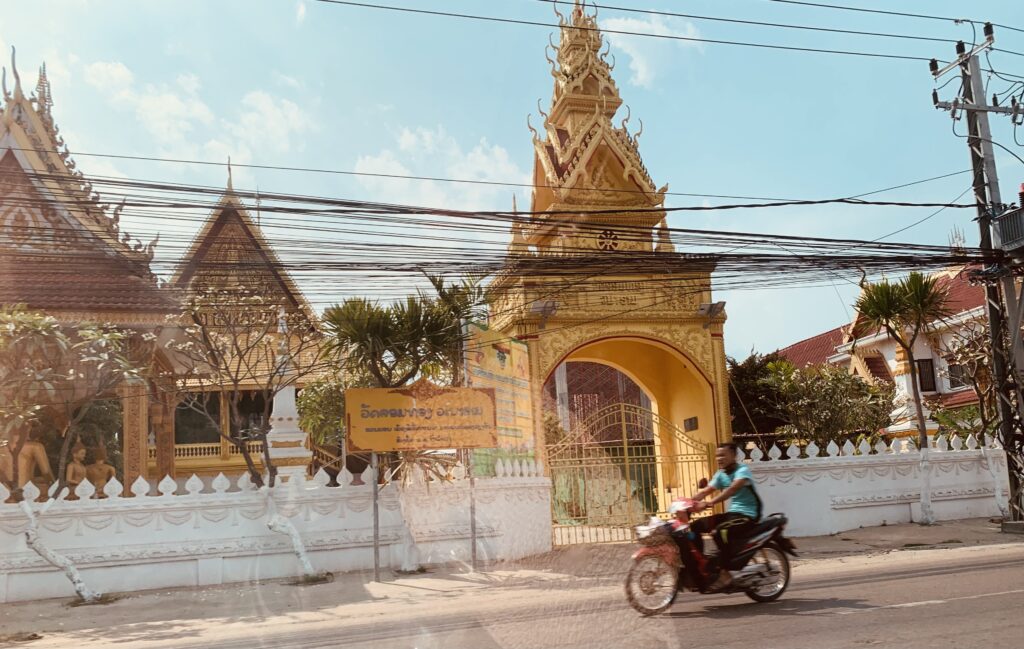
The hour-and-a-half-long journey over dusty red roads, through small country villages, past temples in various states of repair, and into Vientiane was trouble-free. Rural soon morphed into urban, and as we approached the capital’s outskirts, the roads were now sealed, wider, and more congested, most of which consisted of the typical Southeast Asian scramble of hundreds of motorbikes. As we observed this “new normal”, our driver negotiated now narrow, old-world French colonial streets and laneways, fringed by buildings of faded beauty but that had retained their charm.
Past fragrant frangipani and other tropical flowering trees before delivering us safely to our hotel situated at the top of a small lane populated with hens, children, and garages providing all manner of consumables and services.
Tips for Travelling in Laos
- Carry US dollars. They are legal tender in Laos. Change is given in the local currency, Lao Kip.
- Cash machines are available but not plentiful. When you see one, use it.
- Tuk-tuks are cheap and always available.
- Food (freshly cooked and delicious) is on average NZ$6-10 per dish.
- Wine – especially white wine is not plentiful except for Sauvignon Blanc.
The Thai/Laos Border
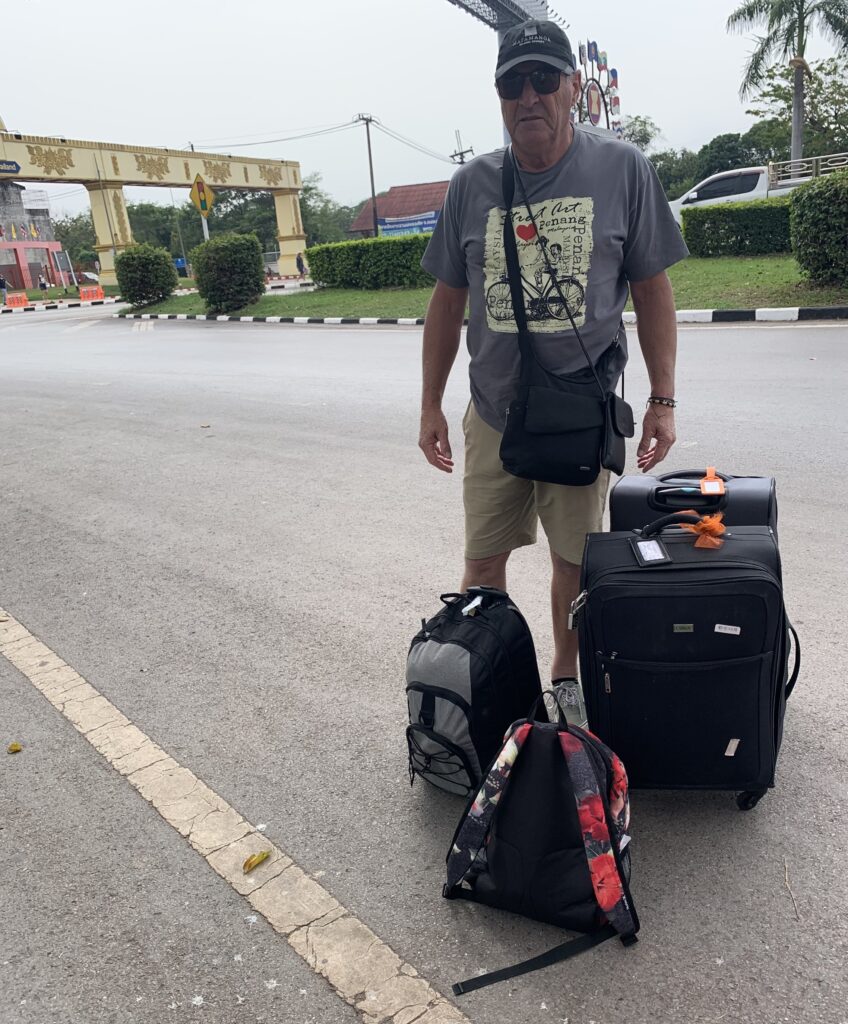
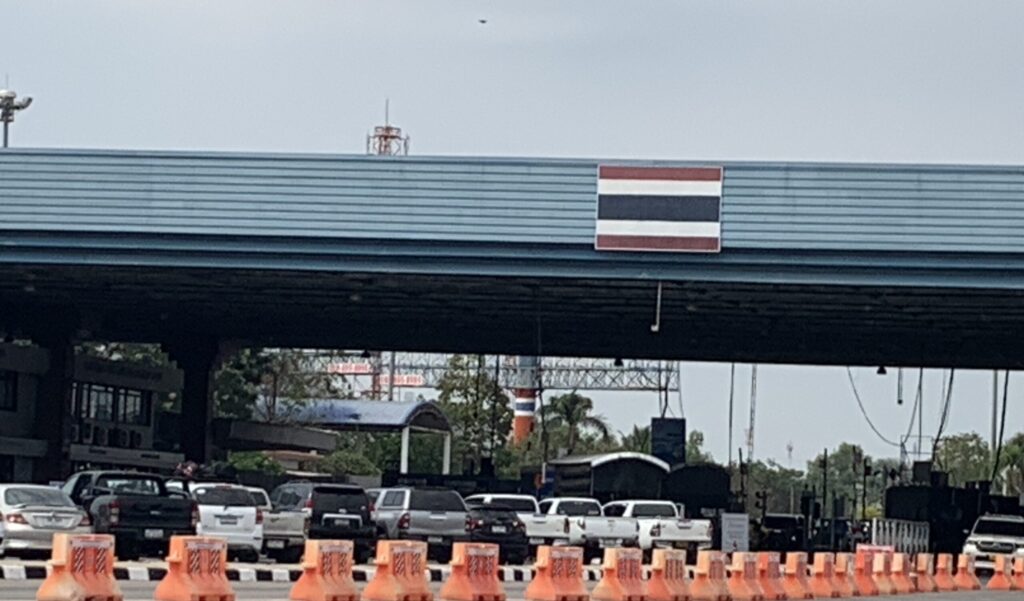
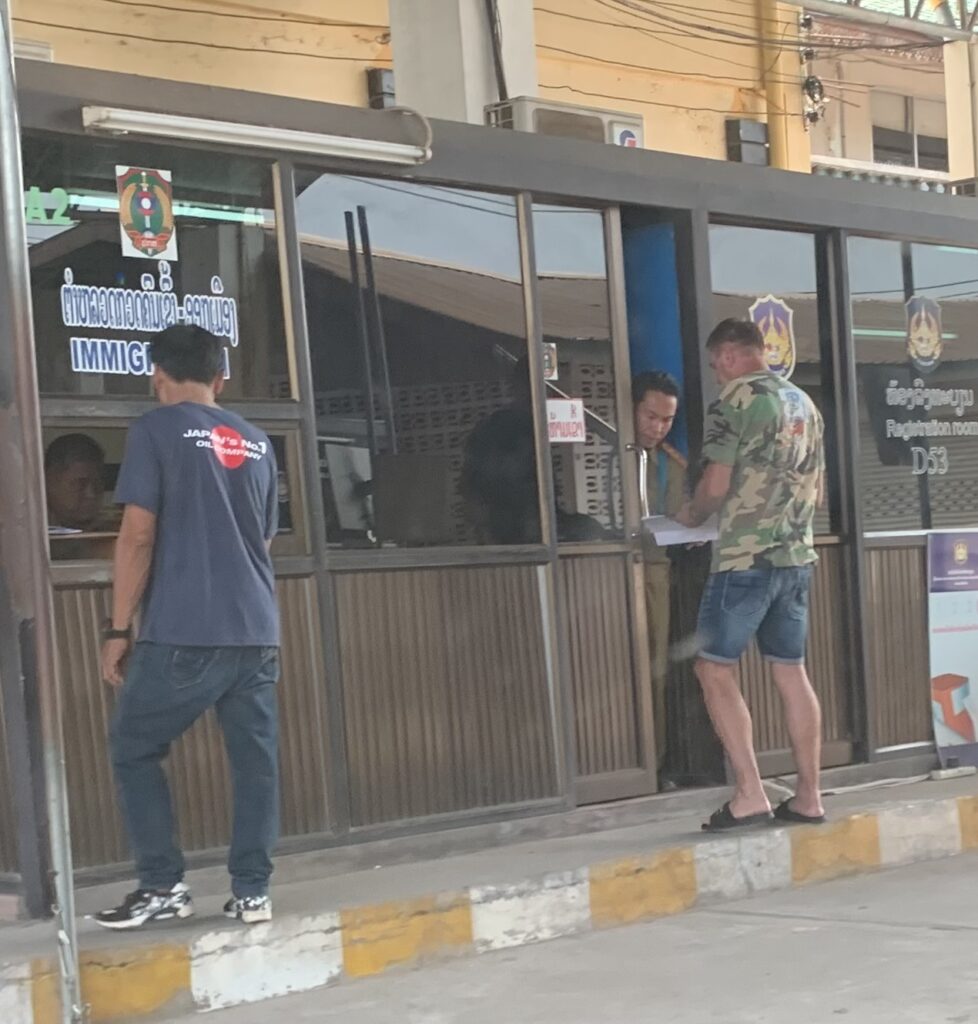
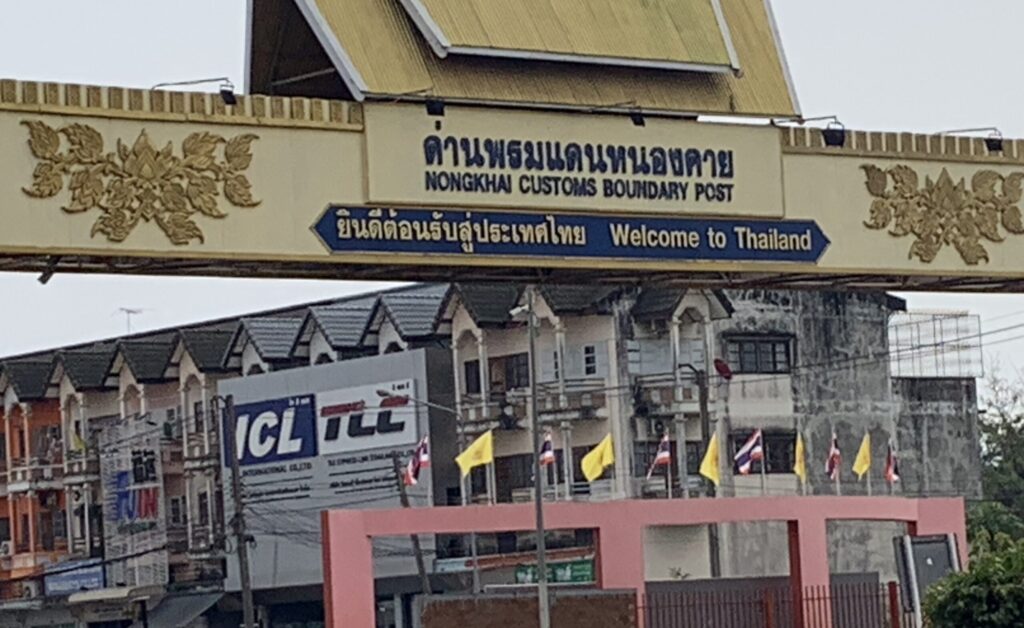
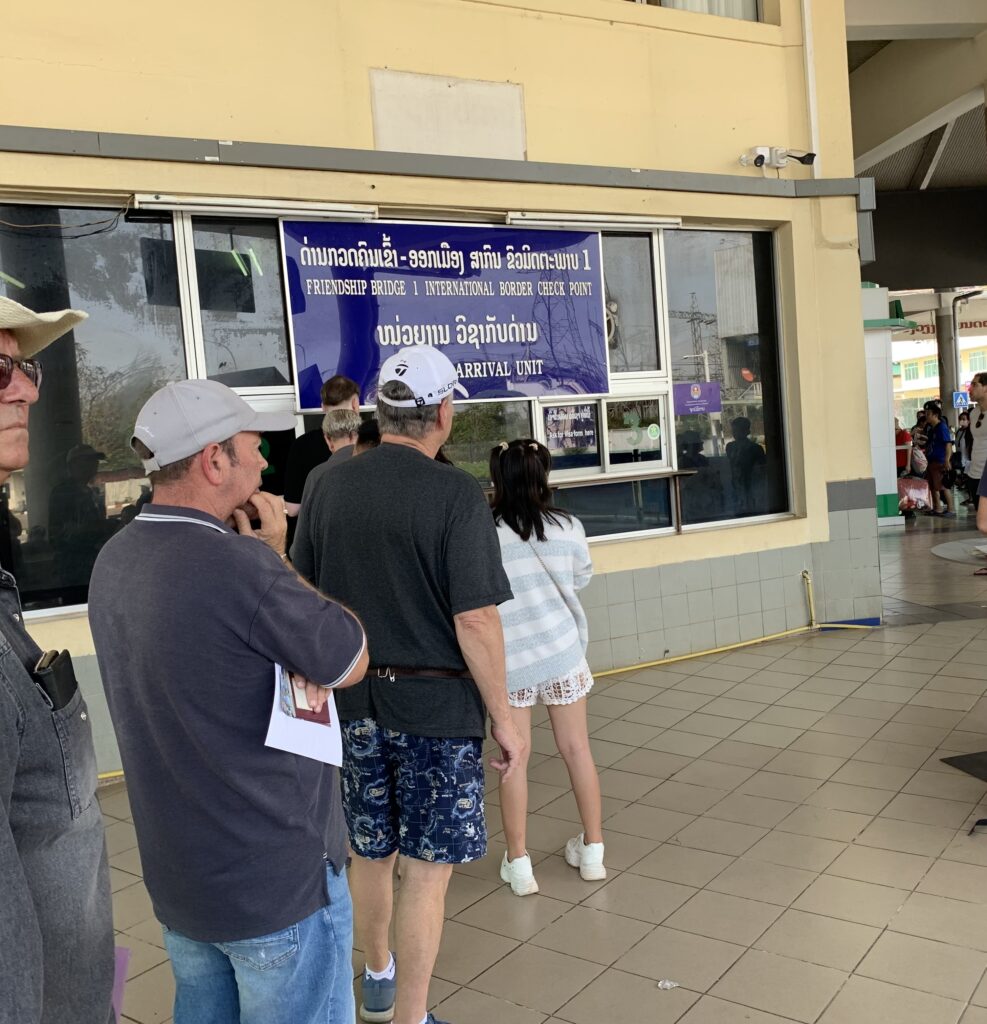
A Brief History
Founded in 1353, Laos is a landlocked country bordering Vietnam, China, Myanmar, Thailand, and Cambodia. The founder, Fa Ngum, introduced Theravada Buddhism to unite the various ethnic groups in the kingdom, which was once one of the largest in Southeast Asia.
However, ongoing rivalries divided the kingdom into three: Luang Prabang, Vientiane, and Champassak. This division remained, and in 1732, the Siamese (Northern Thais) invaded and controlled most of Laos. Eventually, Siam ceded the three territories to French Indochina, and the new colony was named Laos.
In 1954, the French pulled out of Southeast Asia, and in 1960, Laos attempted to become neutral. Unfortunately, due to the country’s proximity to Vietnam, Laos was dragged into the Vietnam War (referred to as ” The Secret War”), and as a result, became the most bombed country in history.
By 1975, backed by North Vietnam, the communist Pathet Lao came into power. The king was deposed in Luang Prabang, and Buddhism was banned. Today, the only remaining party is the Lao People’s Democratic Party, which reinstated Buddhism in the 1990s to promote Lao nationalism.
With its long and politically unstable history, in 2024, modern-day Laos is still fighting to maintain its unique identity and beautiful culture. It remains largely undeveloped and underfunded. But despite this, so much of what is captivating about this country, with the backdrop of its history, natural beauty and the everyday charm of the people, is its undeniably romantic and mystical vibe.
To read more about Laos – click below:
If you would like to know more about this or any other story on the Mytravelroom website, don’t hesitate to get in touch with me – janeco@mytravelroom.com
